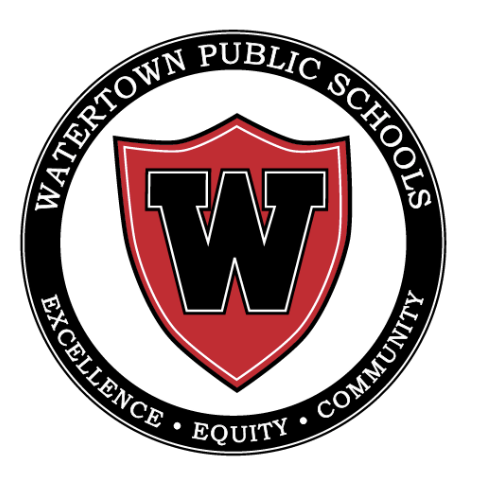
At the Watertown School Committee’s June 23 meeting, school leaders coalesced to tackle a diverse agenda – from contract renewals to electronic device usage in school – while taking another look into how students, families, and teachers experience life in the Watertown School System.
5Essentials Survey
The centerpiece of the evening was the unveiling of results from the district’s 5Essentials Survey, a response-based study developed by the University of Chicago Consortium which collects feedback from students, guardians, and teachers on the district’s instructional climate, school culture, and other key metrics. Now in its fourth year of implementation in Watertown, the survey has proven to be a vital tool in shaping school policy and improving classroom practices.
According to the memo supplied by Superintendent Deanne Galdston, “the 5Essentials framework identifies five core components that, when present and strong, reliably predict school improvement and student outcomes.”
These five essential components are: Supportive Environment, Ambitious Instruction, Collaborative Teachers, Effective Leaders, and Involved Families.
More details about the 2024-25 5Essentials Study can be found here.
Catching up with Kendra Foley, Chair of the Watertown School Committee, as well as with Galdston, the Watertown News was able to get a deeper insight on the goals and the efficacy of such a study.
When initially looking at the survey results, some responses may seem concerning at first glance. Effective Leaders – an overall measure of teacher-principal collaboration and general program coherence – was “weak” for three years in a row, and only recently moved up to “neutral.”
Galdston cleared this up and explained briefly how the results are understood in the purview of the study.
“It’s very interesting, when your neutral most of your people agree or strongly agree with whatever your question is, and it’s just a matter of trying to get from general agreement, which is
positive, to strong agreement, which is a hallmark,” she said, adding that, “neutral is more of a consensus that you are in a positive direction, you just have even more room to make it better.”
A particularly concerning area of the study was student responses on the importance of a high-school education for their futures. Galdston mirrored these concerns.
“I would say across the board like 75 percent of students agree or strongly agree that high school is preparing them for their futures. 25 percent is way too much that say that it isn’t,” she said.
Foley said that the “silver lining” with such results was the benefit of, “having the data to say to those engaged in the work [the school staff] we know you’re doing really good work, but here’s an example of how it’s not translating, so what are the kind of changes you might want to make or think about at that level to address that.”
Speaking further on the application of the survey data, Galdston also made reference to in-school
“instructional leadership teams” who use such data to help structure their own unique school improvement plans.
Talking about their views on the importance of the study, both Foley and Galdston were in a general consensus of the overwhelming benefit of such work, yet Foley also acknowledged the need for the School Committee and Superintendent to continue to do more than just obtain the data.
“I said this at the meeting, data is only as good as what we do with it, so the most important thing from my perspective is that we’re honest with ourselves about what the data is telling us,” Foley said, adding that, “as each year goes by with a new curriculum that is really good for kids, we get better and better at it, and that takes time.”
Meeting Highlights
The Committee approved a collective bargaining agreement encompassing six staff units, including teachers, custodians, and cafeteria & nutritional staff. The agreement, renegotiated every three years, sets a steady tone for staff management in the coming years. (See more in the links on the agenda)
Also on the docket: early findings from the district’s Personal Electronic Devices Task Force, which conducted studies into electronics usage amongst elementary and middle schoolers. With a similar review of high-school students forthcoming, the task force presented early recommendations aimed at creating and promoting healthy tech habits in Watertown schools.
Galdston additionally presented her end-of-the-year goal review, reporting that the majority of her district-wide goals for the 2024-25 academic year had been completed.
I read the detailed report. Under Effective Leaders, Teacher-Principal Trust is weak, with teachers being the respondents. The scores from 2022 – 2025 are 31, 20, 26, 35. This would appear to be slow progress for a relationship that is critical to the teaching and learning environment.